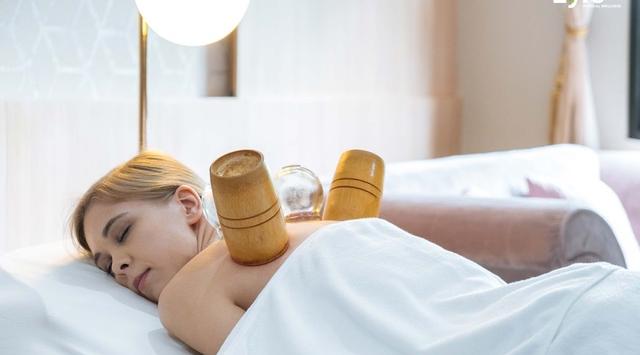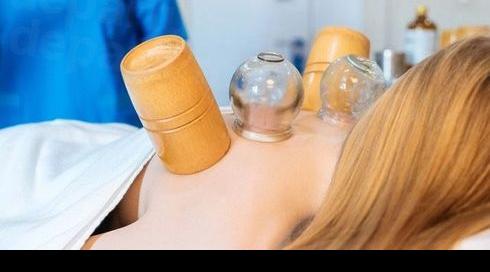In the world of non-surgical cosmetic treatments, mesotherapy has emerged as a powerful solution for those looking to rejuvenate their skin, reduce fat, and achieve a youthful glow without the downtime of invasive procedures.
Pioneered by the French physician Dr. Michel Pistor in 1952, mesotherapy has evolved into a widely practiced medical specialty, especially popular across Europe and South America.
Its microinjection technique delivers a potent mix of vitamins, minerals, amino acids, and even homeopathic medicines directly into the mesoderm—the middle layer of the skin—targeting a variety of aesthetic concerns.
What is Mesotherapy?
Mesotherapy is a minimally invasive procedure that involves injecting tiny medicinal “bullets” into the mesoderm.
This technique can be used to treat a wide range of conditions, from sagging skin and wrinkles to localized fat deposits and hair loss.
The procedure is tailored to the patient’s specific needs, with each treatment designed to address issues at a cellular level.
Whether it's infusing antioxidants to reverse free radical damage or injecting nutrients to promote collagen synthesis, mesotherapy targets the root cause of skin aging and damage.
Indications for Mesotherapy in Dermatology
Mesotherapy offers a versatile range of applications for both cosmetic and medical purposes. Some of the most common uses include:
- Skin Rejuvenation and Anti-Aging: Mesotherapy revitalizes the skin, restoring its natural glow, improving elasticity, and reducing wrinkles.
- Weight Loss: Microinjections can break down localized fat deposits, aiding in body contouring and fat reduction.
- Cellulite Reduction: Mesotherapy helps improve blood flow, lymphatic drainage, and the breakdown of fibrotic tissue, which contributes to cellulite.
- Fat Deposits: It can target stubborn fat areas like buffalo neck, double chin, and lipomas.
- Other Uses: Hair loss, melasma, stretch marks, smokers' skin, under-eye puffiness, psoriasis, and more.
Results vary from person to person and younger patients respond better as compared to older patients.
The Science Behind Mesotherapy
Mesotherapy works by delivering specific compounds that trigger various skin-improving mechanisms.
The substances used in mesotherapy have multiple beneficial properties such as antioxidant, detoxification, and collagen-stimulating effects.
Depending on the condition being treated, different combinations of active ingredients are used. Here are some of the key compounds used in mesotherapy:
- Glutathione (GSH): A powerful antioxidant, glutathione works by detoxifying the skin and neutralizing free radicals. It's also effective for depigmenting melasma and combating signs of aging.
- Ascorbic Acid (Vitamin C): Known for stimulating collagen synthesis, vitamin C improves skin texture and tone while offering photoprotection against UV damage.
- DMAE: Dimethylethanolamine tightens and lifts the skin by stimulating acetylcholine receptors in skin cells, giving a noticeable tensing effect, especially around the face, arms, and abdomen.
- Taurine: A sulfur-containing amino acid that fights free radicals, restores skin hydration, and promotes collagen production, making it essential for anti-aging and skin rejuvenation.
Mesotherapy Techniques
Mesotherapy utilizes a range of injection techniques, each designed for specific areas and treatments:
- Intra-Epidermal Technique: Small amounts of medicine are placed within the epidermis. This technique is ideal for facial rejuvenation and is painless with no bleeding.
- Papular Technique: The medicine is injected at the dermoepidermal junction, primarily for wrinkle treatment and alopecia.
- Nappage Technique: Injections are given at an angle into the scalp or areas requiring cellulite treatment.
- Point-by-Point Technique: A single, precise injection into the deep dermis, often used for fat reduction treatments.
Mesotherapy Results
Typically two to three three treatments are necessary to see these results – although the brightness may be visible after the first due to vascular stimulus by the microinjections.
The number of treatments varies from patient to patient and depends on the treated area and the patient’s expectations.
Skin tightening of the jawline in a 54-year-old woman: (a) before and (b) after 7 months, five sessions.
Maintenance of the results is related to the patient’s lifestyle. Performing mesotherapy on young skin is, of course, different from performing it on aging skin.
Mesotherapy is an excellent complement to other nonsurgical rejuvenating procedures,
especially if performed 1–2 months before to prepare the skin to better receive other treatments.
Pre-treatment Care
In order to minimize posttreatment ecchymosis, aestheticians recommend you
Avoid aspirin (any product containing acetylsalicylic acid), vitamin E, St John’s Wort, and other dietary supplements including:
- fish oils,
- ginkgo,
- evening primrose oil,
- garlic,
- ginger,
- feverfew, and
- ginseng …for at least 7 days before the treatment.
Avoid ibuprofen (Advil, Motrin) and alcohol for 2 days.
If possible, come to your appointment with a cleanly washed face without make-up.
Post-treatment Care
- Skin redness and swelling in the treatment area are common. This should be resolved within a few days.
- Do not massage the treated areas.
- Avoid applying heat to the treated area until any swelling or bruising has resolved. Routine washing and showering is fine.
- Gently apply a cool compress or wrapped ice pack to the treated areas for 15 minutes every few hours as needed to reduce discomfort, or swelling up to a few days after treatment.
- If bruising occurs it typically resolves within 7–10 days.
Adverse Effects and Safety
Mesotherapy is generally considered a safe procedure with minimal side effects, especially when performed by trained professionals. Some minor side effects may include:
- Mild bruising, particularly in sensitive areas like the under-eye region
- Itching, burning sensations, or slight pain, especially on the forehead
- Pinpoint papules or redness that typically subside within hours
Rarely, side effects like skin necrosis, liver toxicity, or nerve demyelination can occur with large doses of phosphatidylcholine.
In some cases, mycobacterial infections have been reported at injection sites, though these are rare and treatable with antibiotics.




